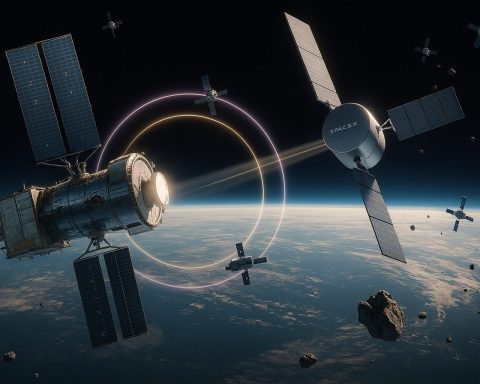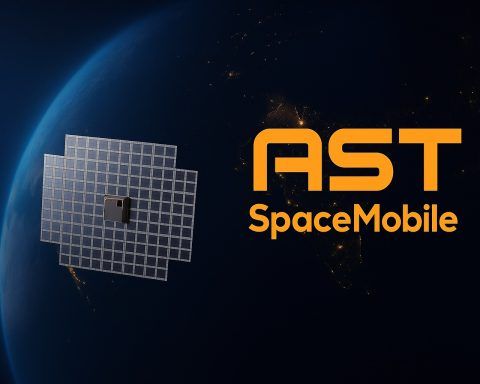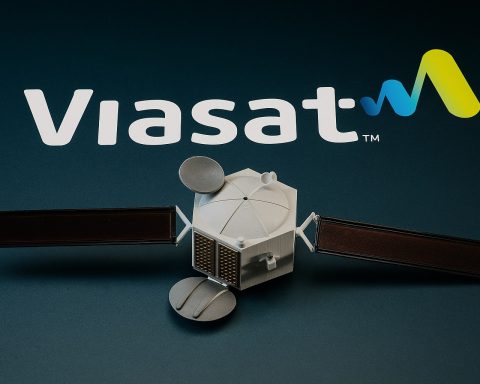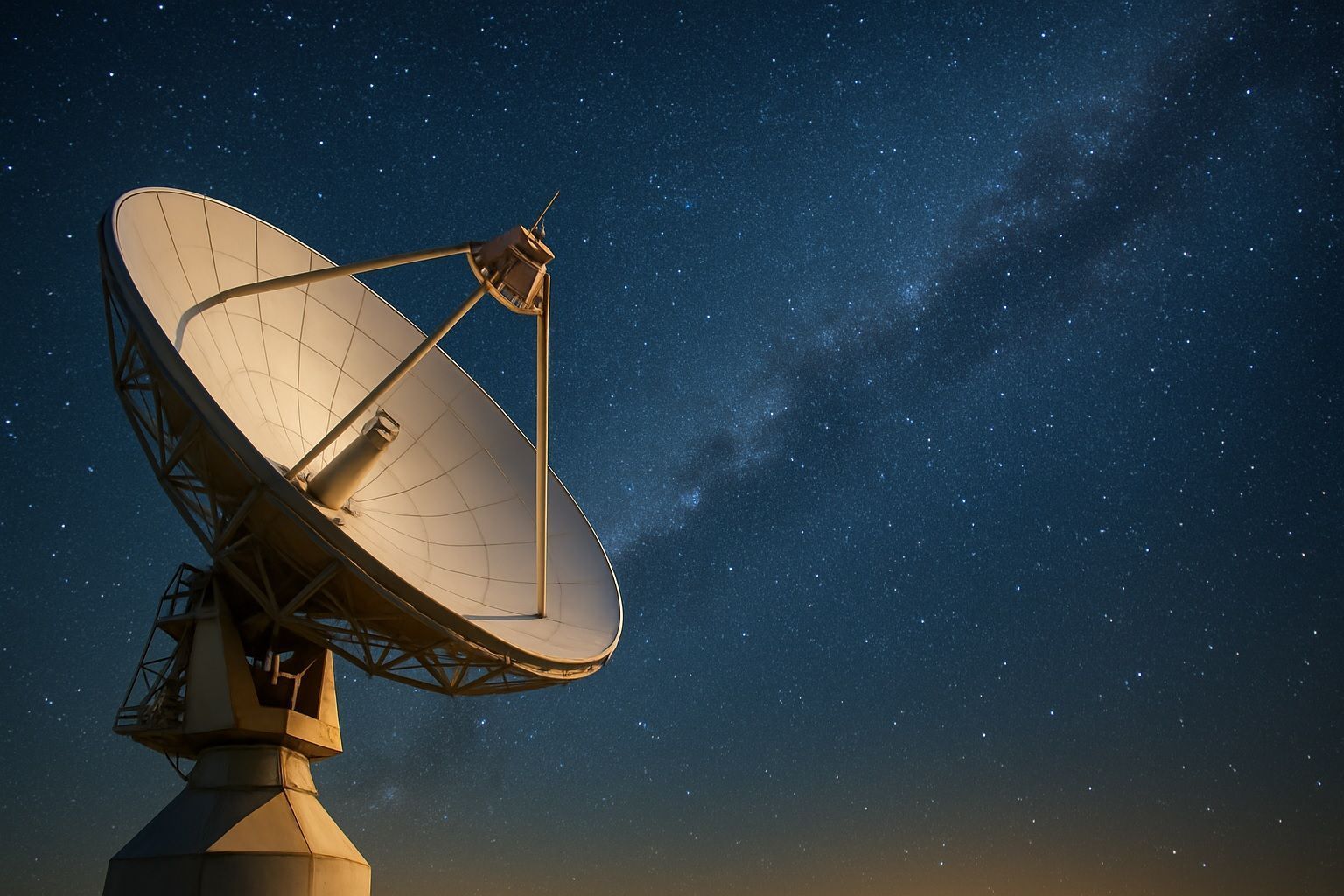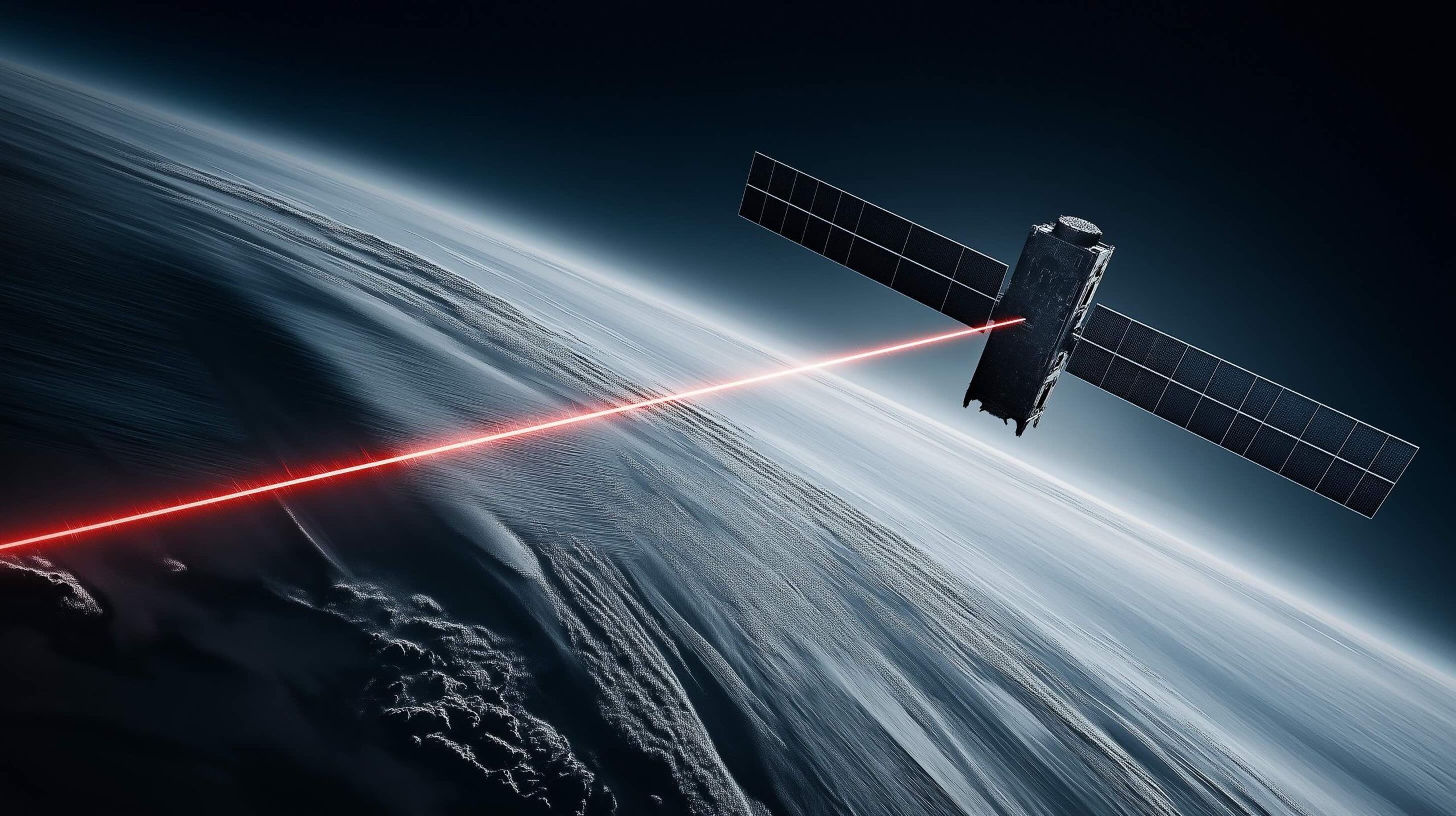
AST SpaceMobile (ASTS) Stock: BlueBird 6 Launch Scheduled for Dec. 24 as Volatility Spikes and Analysts Split on Upside
AST SpaceMobile, Inc. (NASDAQ: ASTS) is back in the spotlight on December 19, 2025, with traders fixated on one near-term catalyst: the launch of BlueBird 6, the company’s first next-generation “direct-to-device” satellite designed to connect ordinary smartphones from space. ASTS
